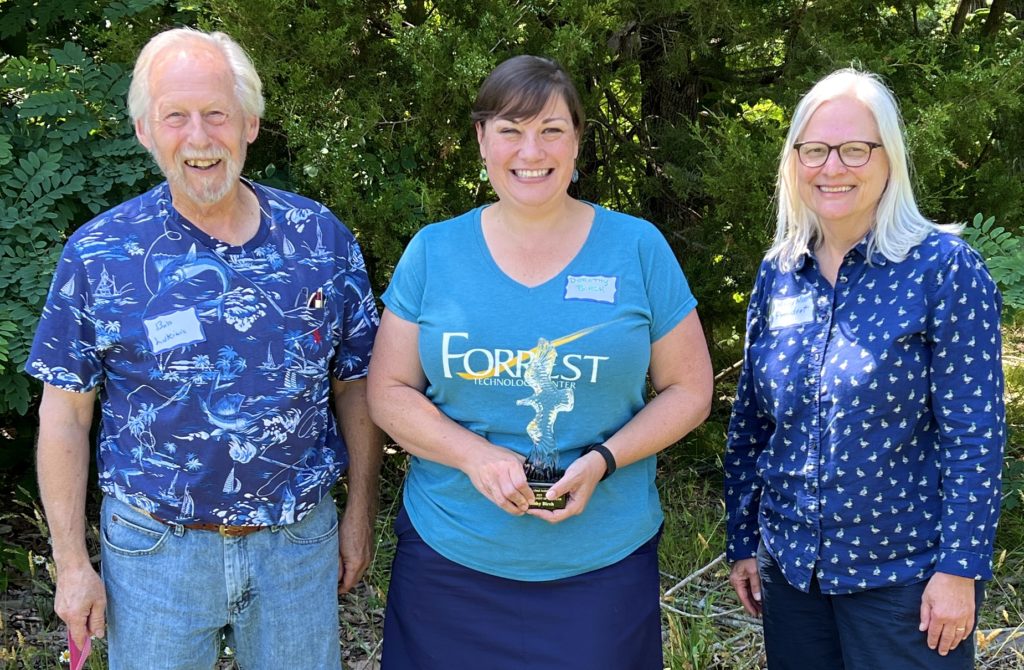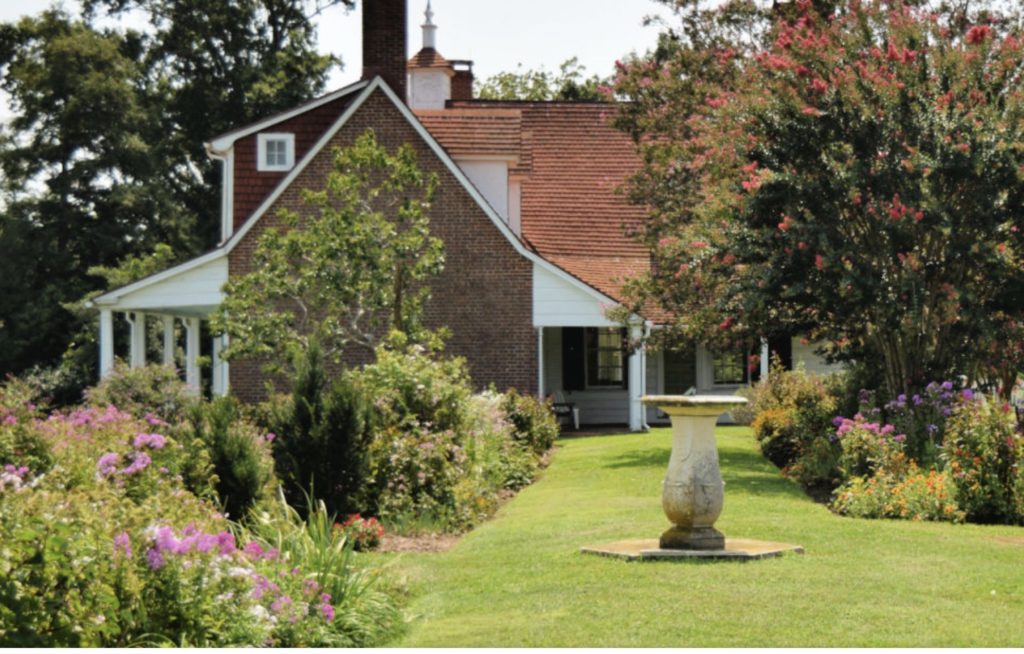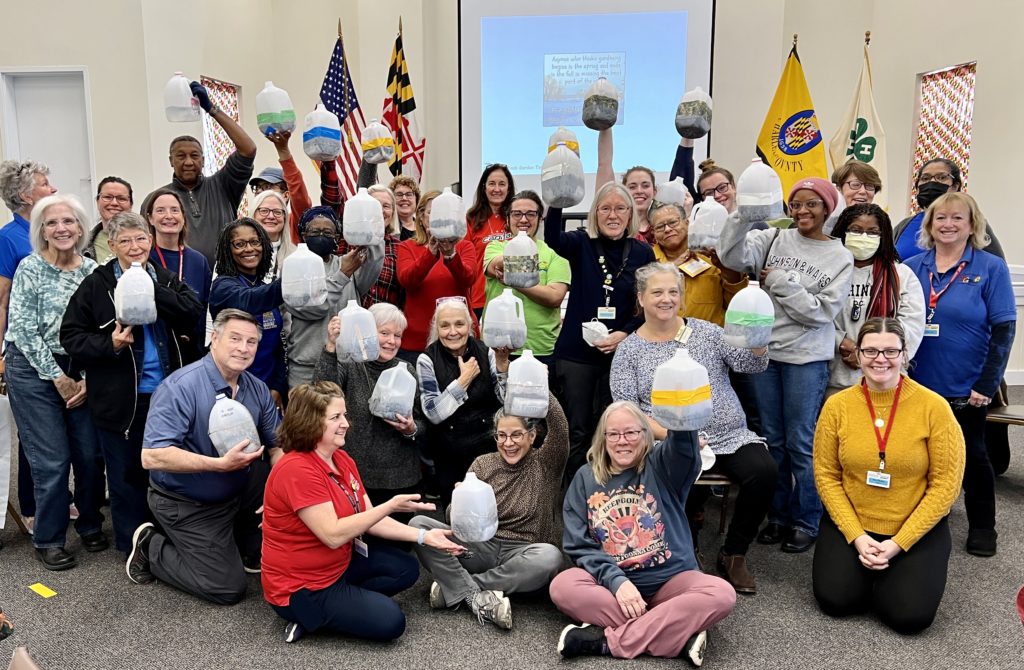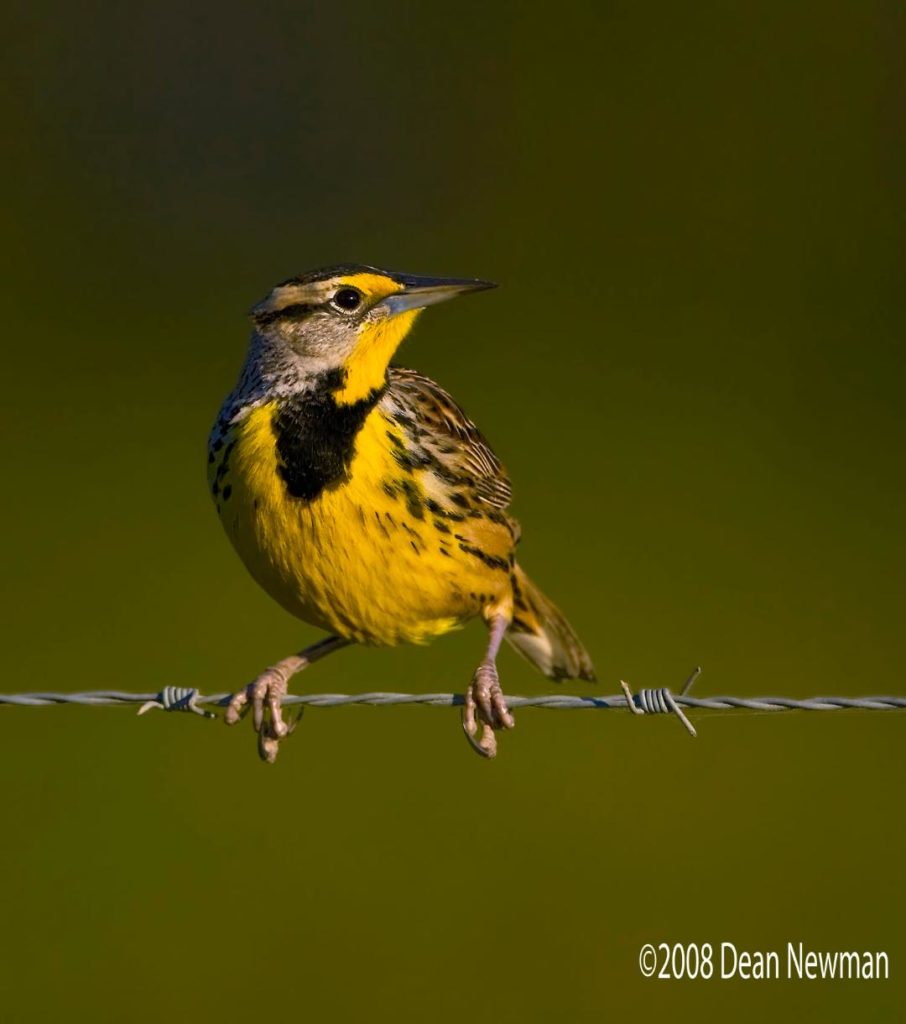St. Mary’s teacher awarded Southern MD Audubon ‘Conservationist of the Year’

Southern Maryland Audubon has named St. Mary’s Public School teacher Dorothy Birch “Conservationist of the Year 2023” for her outstanding work training the future generation of conservationists.
Birch teaches and directs the Natural Resources Management program for high school students at Dr. James A. Forrest Career and Technology Center in Leonardtown.
“Dorothy has led this forward-thinking program for the past four years, training and inspiring our future conservationists, biologists, zoologists, landscape designers and others in fields where they will be instrumental in making their communities and the planet better places to thrive,” Robert Lukinic, Southern Maryland Audubon’s conservation chair, said in announcing the award.
Each year for the past two decades, Southern Maryland Audubon has awarded the “Conservationist of the Year” to an individual or organization that has made significant contributions to conservation in Southern Maryland and beyond. It is the highest honor the organization awards.
“We can’t think of any mission more important than training our future generation of conservationists,” said Lukinic. “And no one is doing it better than Dorothy Birch.”
The Natural Resources Management program is a two-year curriculum for St. Mary’s high school students and covers a range of environmental, conservation and sustainability subjects in addition to providing hands-on experience.
Students also participate in community service activities. This past year students learned to harvest native seeds and grow seedlings. They planted them in the “Front Yard” native plant garden at the St. Mary’s Public Library in Leonardtown.
Birch has a bachelor’s degree in environmental science and a master’s degree in environmental education. She has observed and taught nature and the environment in Texas, Florida, Louisiana, Virginia, and Maryland. Birch is also a trained Master Naturalist in both Maryland and Virginia.










